Esther Schlicht attends the opening of the exhibition by artist Rosa Barba at the Albertinum in Dresden and enjoys an artistic evening of all-round quality.
“Fourteen museums with works from every continent: a grand institution full of foreigners!” – is how Dresden’s State Art Collection is advertized in the footer of the invitation to its latest exhibition in the Albertinum: “Rosa Barba. Spaces for Species (and Pieces)”. If you follow the invitation, then once on site you will repeatedly come across similarly worded invocations for cosmopolitanism. It becomes clear just how much Dresden’s cultural institutions are trapped in their very own cultural battle, the outcome of which can evidently still not be foreseen.
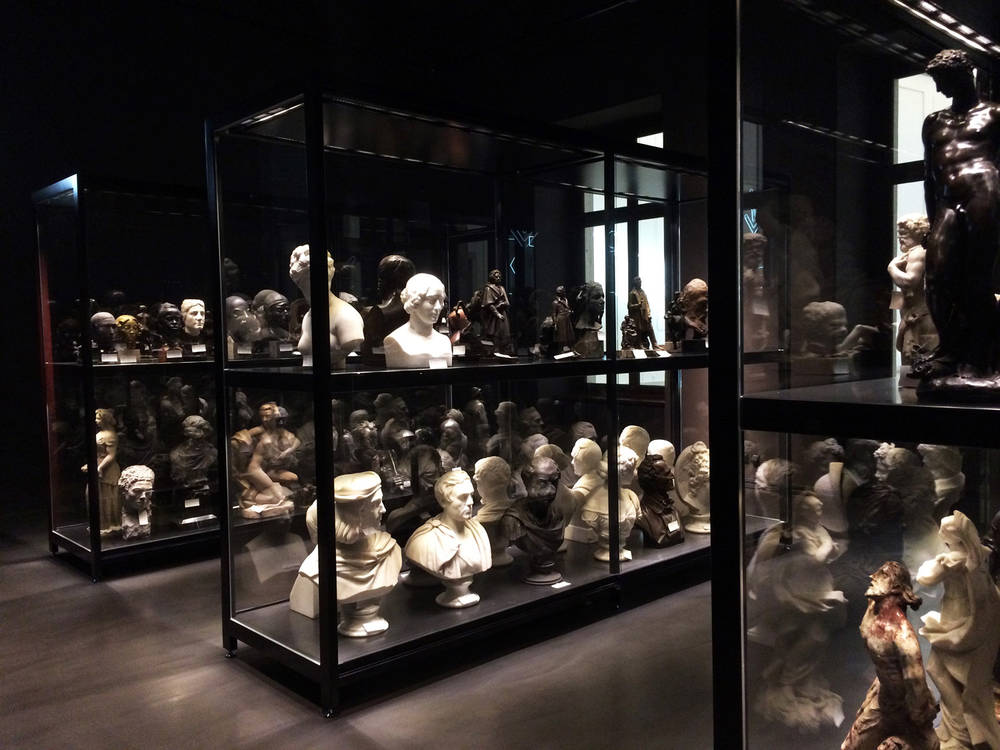
It is therefore important that this is precisely where artistic events with a cross-regional reach take place – like that of the internationally active artist Rosa Barba. Barba was born in Sicily in 1972, then studied in Cologne and Amsterdam, and for some years now has been living in Berlin. Despite this, she is less well-known in Germany than in Italy, the UK or the United States, for example, where her works have gone on display in numerous important solo shows and renowned group exhibitions in recent years (most recently at this year’s Venice Biennale).
Inaccessible archive staged cinematically
In “Spaces for Species (and Pieces)”, Rosa Barba is now exhibiting selected works from the last five years: films, objects and sculptural installations, which interweave and entangle with one another in a refined manner. At the heart of the presentation is the film trilogy “The Hidden Conference” dating from 2010-2015. To create it, Barba filmed in the archives of several large European museums and in doing so presents sculptures and paintings from their inaccessible archives in cinematic form. In this “Hidden Conference”, the quasi-anonymous artworks enter into unexpected relationships that cut across the epochs, origins and styles, and thus develop an arbitrary presence.
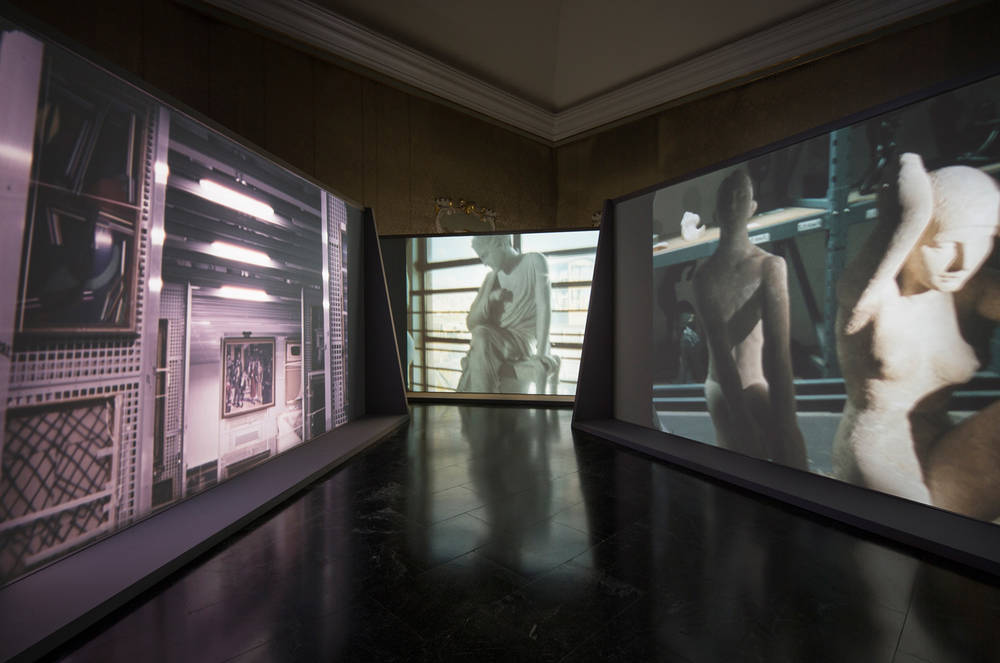
Whether it’s as an “imaginary museum” as a reflection of cultural memory or as a comment on the educational thrust of current exhibition practice: the film projection, which is interwoven with text fragments and electronic sounds, slots itself into Dresden in a particular way, even in terms of the museum-related context of the local permanent exhibition. Almost as an extension of “The Hidden Conference”, we now find ourselves looking into the great, glass-fronted storerooms of the Sculpture Collection with which the Albertinum has brought the previously inaccessible areas of its collection to light since its reopening in 2010.
A ballet of gigantic oil pumps
However, the Dresden exhibition also includes other works by Rosa Barba, such as the films The Empirical Effect (2009) and Somnium (2011) shot on 16mm film, which take historical documents and develop surreal, science-fiction-like scenarios from them. Or the film installation Time as Perspective (2012), which was shot in the Texan desert and is a ballet of gigantic oil pumps and likewise switches from documentary finding to fantastic vision. Also on display are sculptural installations and objects in which film plays the role much more as material or metaphor. Celluloid, light and color are the fundamental elements of these works – as is text. In Spacelength Thought (2012) and The Long Poem (2014), for example, individual letters are literally inscribed in the strips of film, while in works such as The Personal Experience (2009) or Sea Sick Passenger (2014) felt surfaces become the bearers of the script punched into them.
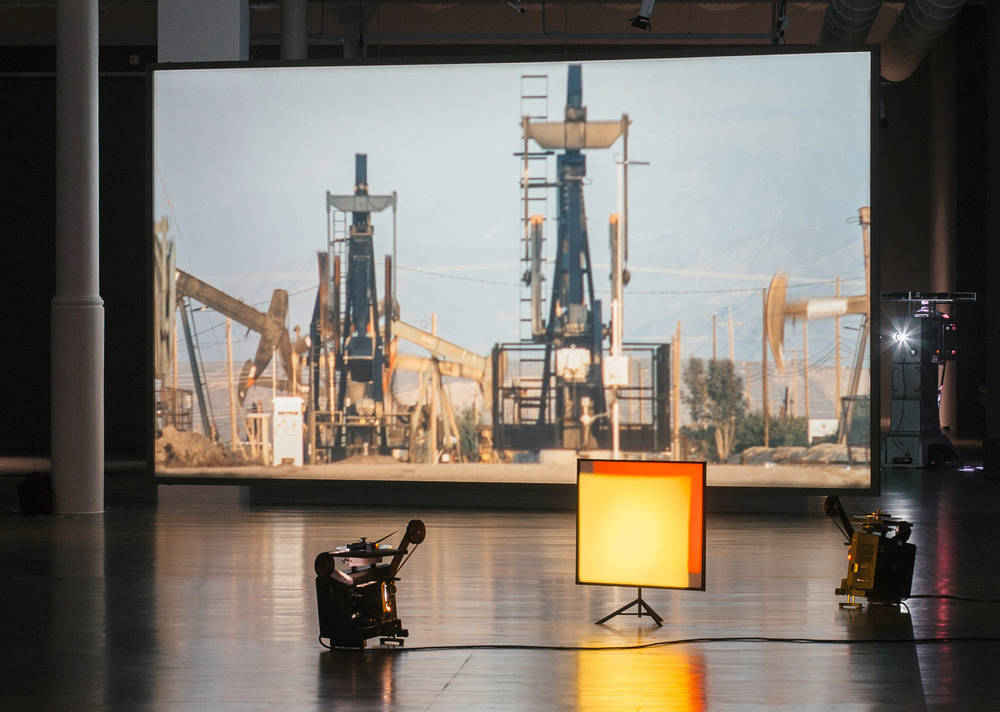
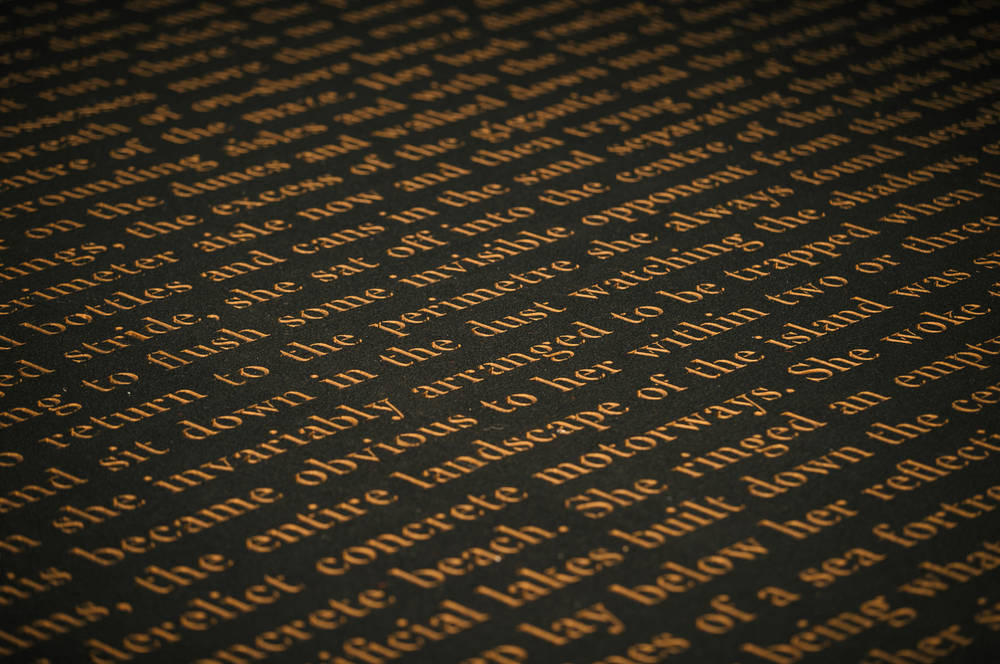
Another essential element of Barba’s works is sound, which the experimental musician Jan St. Werner (Mouse on Mars) composed especially for her. And thus the party that followed the opening, at which Werner chose the music for the historic Lipsius Building, melds seamlessly with the carefully considered choreography of the overall presentation and concludes an artistic evening in Dresden of all-round quality.
As you leave the avant-garde ambience, it is all the more curious to wander through deserted Christmas market stalls in the sleeping city and thus to be reminded of the particular intensity with which local culture is likewise celebrated here.
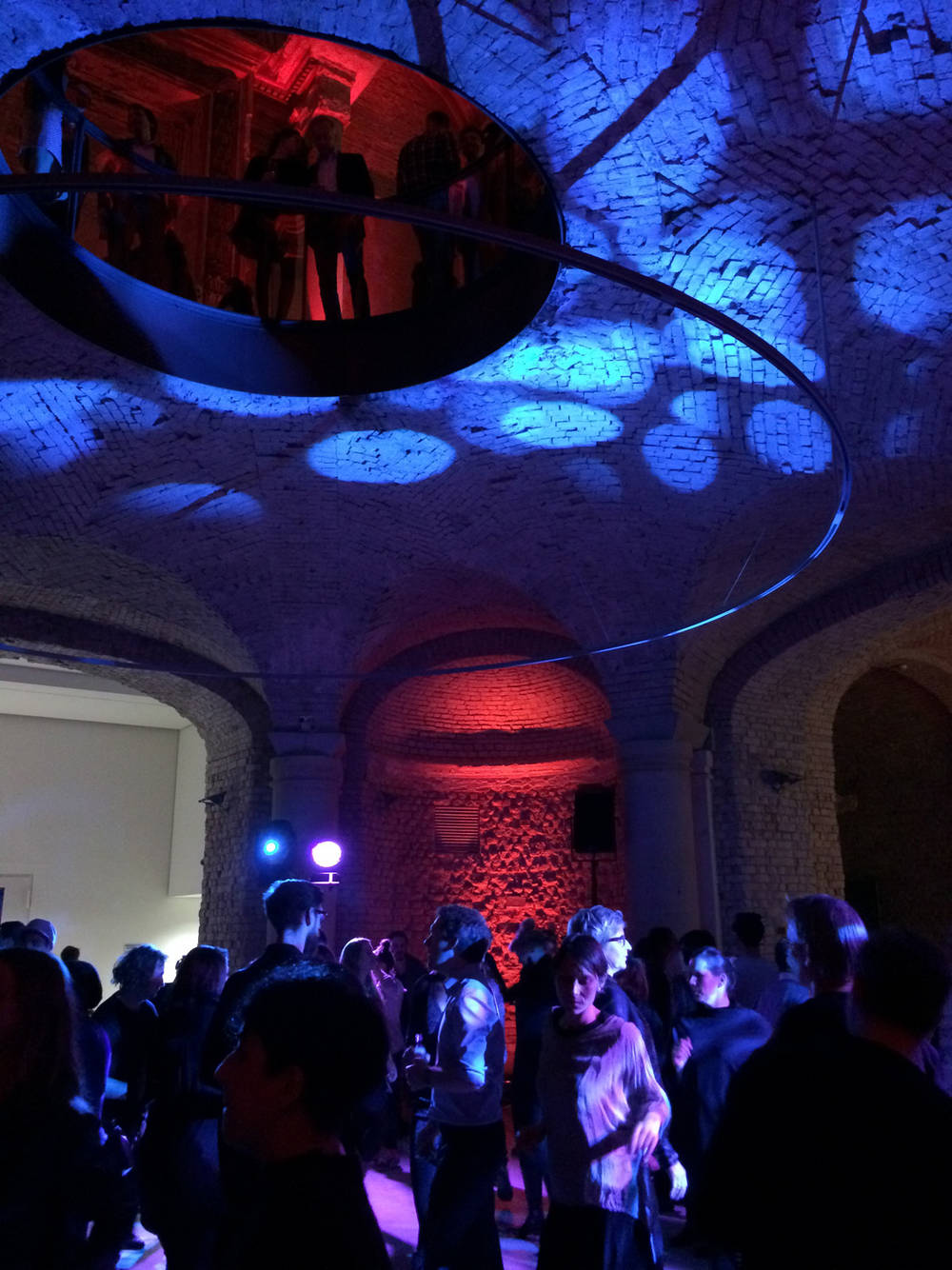
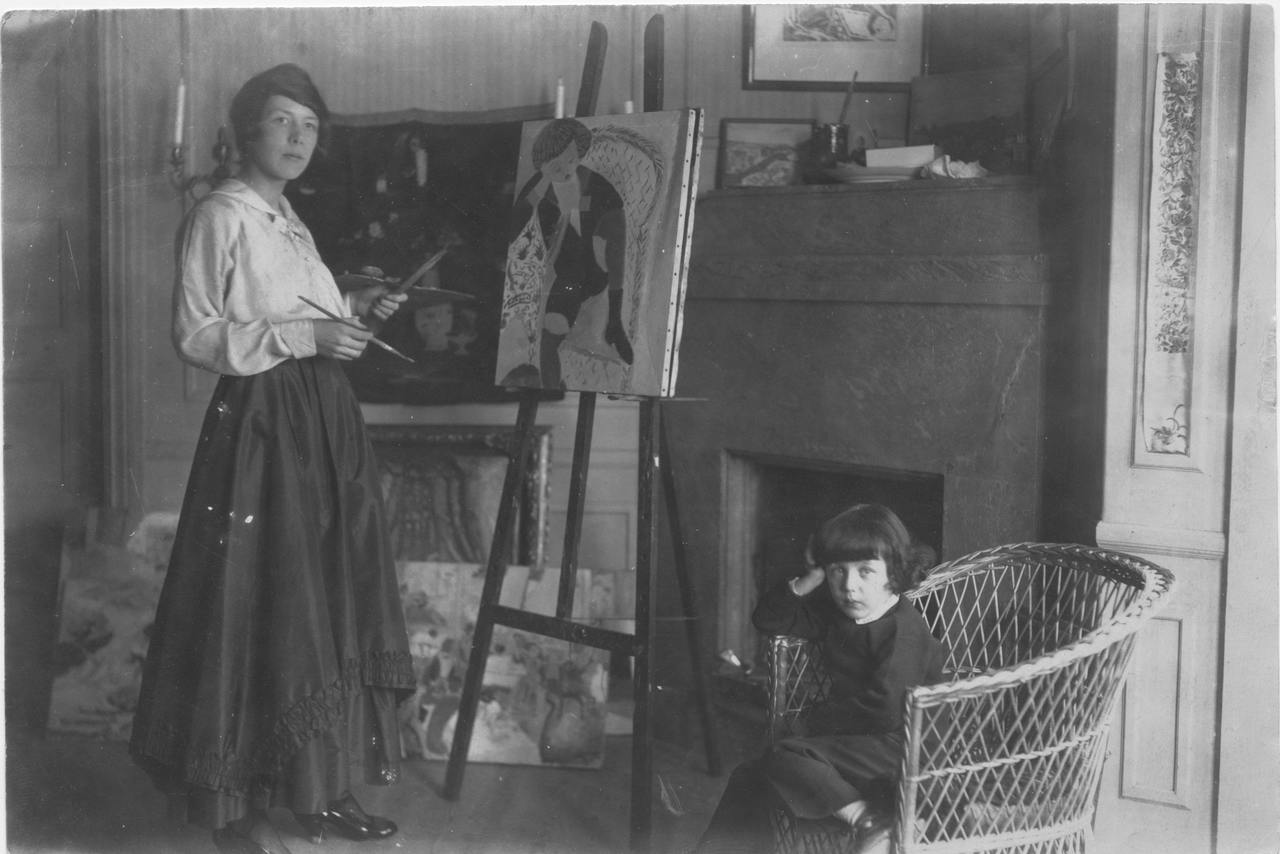
Sigrid Hjertén: Radically Modern
She alternates seemingly casually between the role of mother and that of artist and is considered the pioneer of Swedish Expressionism: STORM artist...
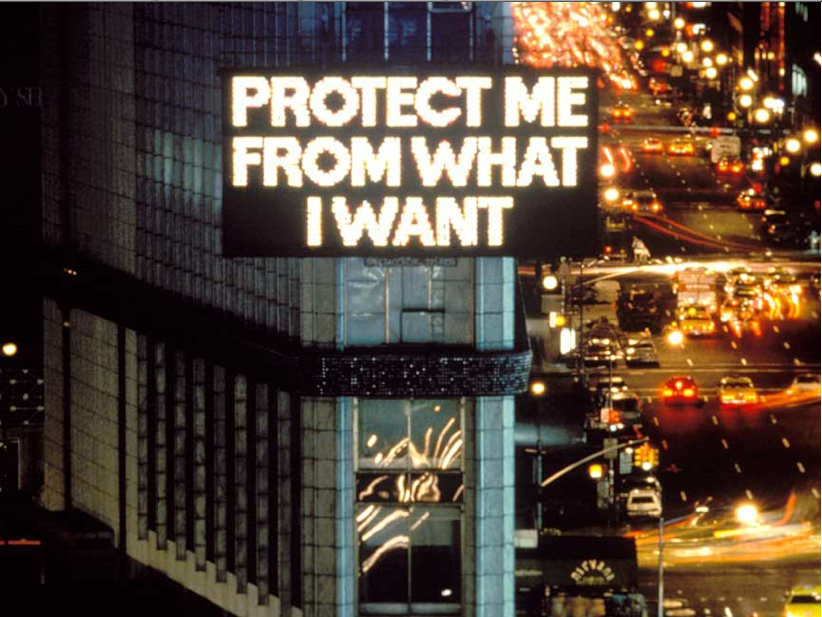
Why revolution is no longer possible today
Why is the neoliberal system of rule so stable? Why is there hardly any opposition to it? Despite the ever greater divide between rich and poor?